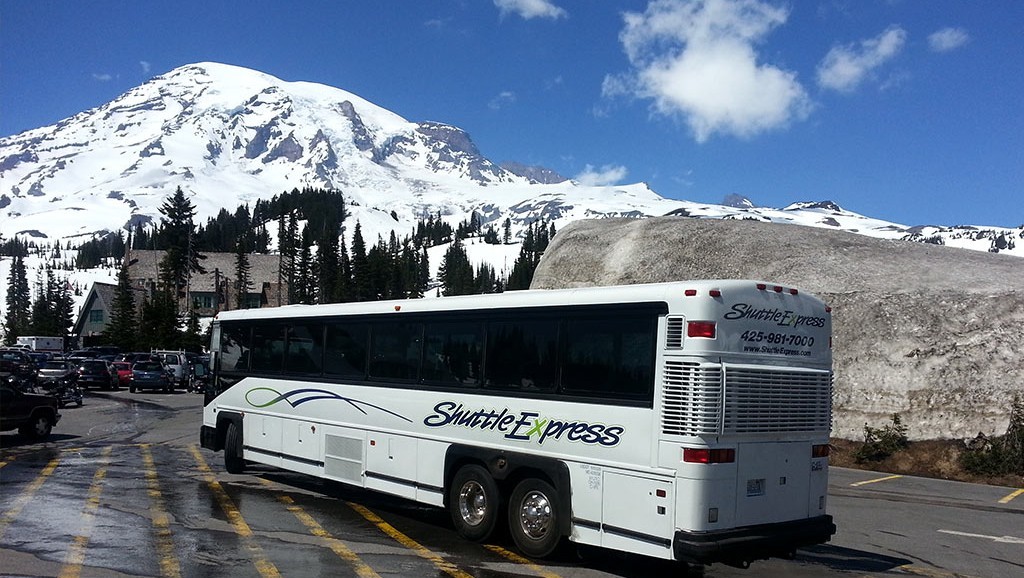20 Handy Suggestions For Choosing Event Transportation Sites
20 Handy Suggestions For Choosing Event Transportation Sites
Blog Article
Shuttle Transportation For Employees Ten Tips To Help You Plan And Schedule It.
Here are 10 top suggestions for maximising employee shuttle service flexibility and scheduling.
1. Analyzing the needs of employees
Assess the requirements of your employees in terms of scheduling. It is possible to do this via surveys or focus groups, that will collect information about their preferred shuttle schedules, shift patterns and other needs. Understanding the diverse needs of your employees is crucial for creating a schedule that accommodates as many employees as is possible.
2. Implement a Flexible Scheduling System
Develop a flexible schedule system that can be adjusted according to the needs of employees. Think about offering multiple time slots for shuttles throughout the day in order to cater to different work hours and shifts. For instance, you can offer shuttles early in the morning to accommodate workers on the first shift, midday options for flexible schedules, or late-night services for second- and third shift employees.
3. Real-time data is a great tool to make adjustments
Include technology that allows you to receive real-time data on employee numbers and their patterns of travel. This information will aid you in making educated decisions on when to modify shuttle times or add additional routes. Through analyzing information about usage trends, it is possible to optimize the schedule of shuttles to satisfy demands.
4. Create a Booking System
Consider installing an automated shuttle system. The system allows employees to book their seats in advance, thereby guaranteeing that there are seats to satisfy demand. A reservation system will also allow you to identify peak times so that you can alter your schedule accordingly.
5. How do you communicate schedule changes Effectively
Make sure that any changes to the schedule of shuttles are made clear and swiftly to all employees. Make use of multiple channels to keep your employees informed, including emails and the intranet of your company, as well as mobile applications. It is essential to communicate clearly in order to avoid confusion and to ensure that employees can organize their travel plans.
6. Monitor Peak Usage Hours
Regularly monitor shuttle usage to identify peak times when demand is the highest. This information can be used to alter the schedule and provide more shuttles during peak periods. By taking proactive steps to address the peak traffic times, you will be able improve service reliability for employees and cut down on wait times.
7. Offer On-Demand Service
Explore the possibility of providing shuttle services on demand for employees with different schedules. It may be possible to utilize applications that allow employees to make requests for shuttles according to their schedules. This will ensure that transport is always on hand. On-demand service may allow for greater flexibility and support employees working irregular hours.
8. Consider Hybrid Models
Hybrid scheduling models combine flexible routes with fixed routes. For instance, you could have set routes during peak hours and allow for the flexibility of pickups or drop-offs in non-peak times. This technique can be utilized to improve efficiency and also accommodate the varied schedules of employees.
9. Feedback is essential for continuous improvement
Encourage employees to provide feedback on the shuttle schedule and the overall experience of transportation. This feedback can be used to identify improvements and to adjust the schedule. Participating in the process will increase the belief in the importance of your employees and make your shuttle service more successful.
10. Examine and adjust seasonal changes
Be aware of seasonal changes that may affect employee schedules, including holidays, summer vacations and changes to working hours. Regularly evaluate and adapt the shuttle schedule to take into account the fluctuation in availability of employees. Flexibility is a great way to ensure high levels of satisfaction.
If they follow these guidelines businesses can establish an efficient and flexible scheduling system that meets the different requirements of their employees. This will maximize productivity and satisfaction of employees. Read the top employee shuttle for blog recommendations including los angeles airport shuttle to anaheim, luxury transportation services, shuttle bus near me, shuttle to and from airport, airport shuttle service, private transportation from atlanta airport, shared ride services, airport rides, airport shuttle service near me, san francisco airport transport and more.
Top 10 Suggestions For Budgeting And Estimate The Cost Of A Corporate Transportation Service
Here are 10 great suggestions on budget and cost to hire a transport service for events at corporate venues:
1. Conduct a thorough Analysis of Costs
Conduct a thorough cost analysis for every aspect. This includes costs for vehicle leasing or rental, fuel, driver salaries and expenses, insurance, upkeep and other fees like permits or parking. Understanding the total costs will help you establish an appropriate budget.
2. Budget Framework
Establish a budget of the organization to show the amount it's willing to spend on transportation. This framework should take into account all identified expenses and allow flexibility to account for any unexpected expenses. Budgets can help you make the right decisions and help make sure that your transportation costs are in control.
3. Take a look at different transportation options
Consider the various options for transportation that are available, such as shuttles, vans, and rideshare services. Analyze the cost of each choice by taking into consideration factors such as capacity, comfort and ease of use. Selecting the most economical solution to meet the needs of attendees will help optimize the budget.
4. How to Negotiate with Transport Providers
Discuss your options with the chosen transportation provider to negotiate the most affordable costs. Many companies offer discounts when booking in bulk or for corporate events. A good relationship can result in lower rates, better service, and ultimately, a cost-effective experience.
5. Plan Costs for Fuel
Include fuel costs in your budget as they can impact transportation costs significantly. Consider the distance to the event and the number of trips anticipated. If possible, negotiate fuel-efficient vehicle options with the transport company to save money.
6. Include Contingency Funds
A part of your budget needs to be put aside for unexpected expenses. Transportation is not always predictable. There are many factors that could go wrong, like vehicle breakdowns, or the need for additional trips. The contingency plan will ensure you can handle these situations without putting your budget over the top or compromising the quality of service.
7. Benefit from discount packages and group discounts
Transport companies often offer discounts for groups or special packages. Many companies offer discounts to large groups or corporate events as well as special occasions. This can help you save some dollars. Consider packages that include additional services at a reduced cost like additional vehicles, or even on-site coordination.
8. Keep Track of Your Expenses and Monitor Your Spending
Maintain a close watch on all transportation-related expenses throughout the planning and execution phases. Keep track of costs with spreadsheets or budgeting software. Monitoring costs helps identify the areas where you can save and keeps the budget on track.
9. Get Feedback on Budgeting for the Future
Following the meeting, gather feedback from the attendees about their experience with transportation. Also inquire about any costs that may be incurred. This feedback can be utilized to assess the efficiency of the transport service, and help guide future budgetary choices. Recognizing what worked and what did not will assist you in planning your budget for future events.
10. The Total Cost Ownership
Evaluate the total costs of ownership (TCO) that comprises both the rental or purchase price as well as ongoing costs such as maintenance and insurance as well as depreciation. It does not just include the initial purchase or rental cost, but also ongoing costs like maintenance, insurance and depreciation. Knowing TCO can assist you in making better decisions and also balance the initial costs with future financial implications.
Use these suggestions to efficiently control costs and make informed decisions about corporate event transportation. Budget planning is essential in order to make sure that transportation requirements of an event are met, but it also helps to make the event successful by allowing the attendees to concentrate on the event instead of the logistical issues. Budgeting and cost-management that is effective enhances the image of the company and shows a commitment to efficiency. See the top rated funny post for event transportation for website advice including transport and logistics, reliable transportation, plan logistics, transport systems, transport systems, global logistics, manager transport, managed logistics, transportation and logistics services, transport comp and more.